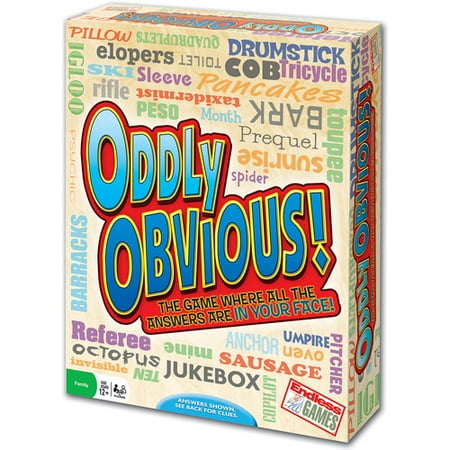
GAME DESCRIPTION: TriBond is a board game for 2 or more players or teams, and was designed by Ed Muccini, Tim Walsh, and Dave Yearick in 1989. Players attempt to get all three of their pieces to the end by finding a common link between 3 objects, people, or terms given.
SET-UP: The board has 3 small tracks, and each player places their pawns in all 3 starting positions, 1 per smaller board.
MOVEMENT: During their turn, the player rolls the two dice. The numbered die is used to determine how far the player will move if they answer correctly, and the Category die, with various shapes printed on it, determines whether the category for the clue is:
- Entertainment: Popular Culture
- Academics: Education & Literature
- Wordplay: Puns, Homonyms, etc.
- Sports: Terms, Teams, and Names in Sports
- Loose Connections: Connected in weird, unusual ways
CHALLENGES: If a player manages to land on a Green space, they are allowed to Challenge any player in front of them that is not in the Home space. These are printed on the side of the card, and have no category. If the challenger guesses correctly first, their piece switches places with the other piece. If the challenged guesses correctly first, the challenger's turn ends.
WINNING: A player or team wins when all their pieces move into their respective Home squares. This may be accomplished with either an exact or inexact roll, as long as the clues are guessed correctly.
CONCLUSION: This is a classic in my home. While we tended to skip the Sports questions, as most in my family have no real knowledge of that category, we still had a lot of fun. I grew up playing it, seeing how things with no seemingly real connection could have not just a tie, but a strong one. It's simple in concept, but first learning it tends to take time to get the idea down. The simplicity of the rules also allows for more flexibility in house rules, allowing a more balanced play between everyone. This is a definite play for those who love words or trivia games.









